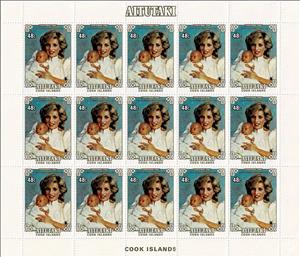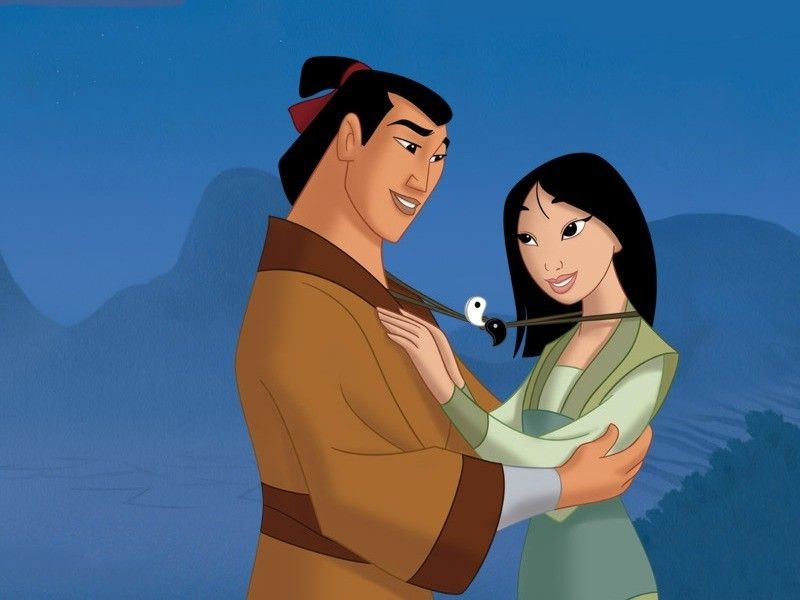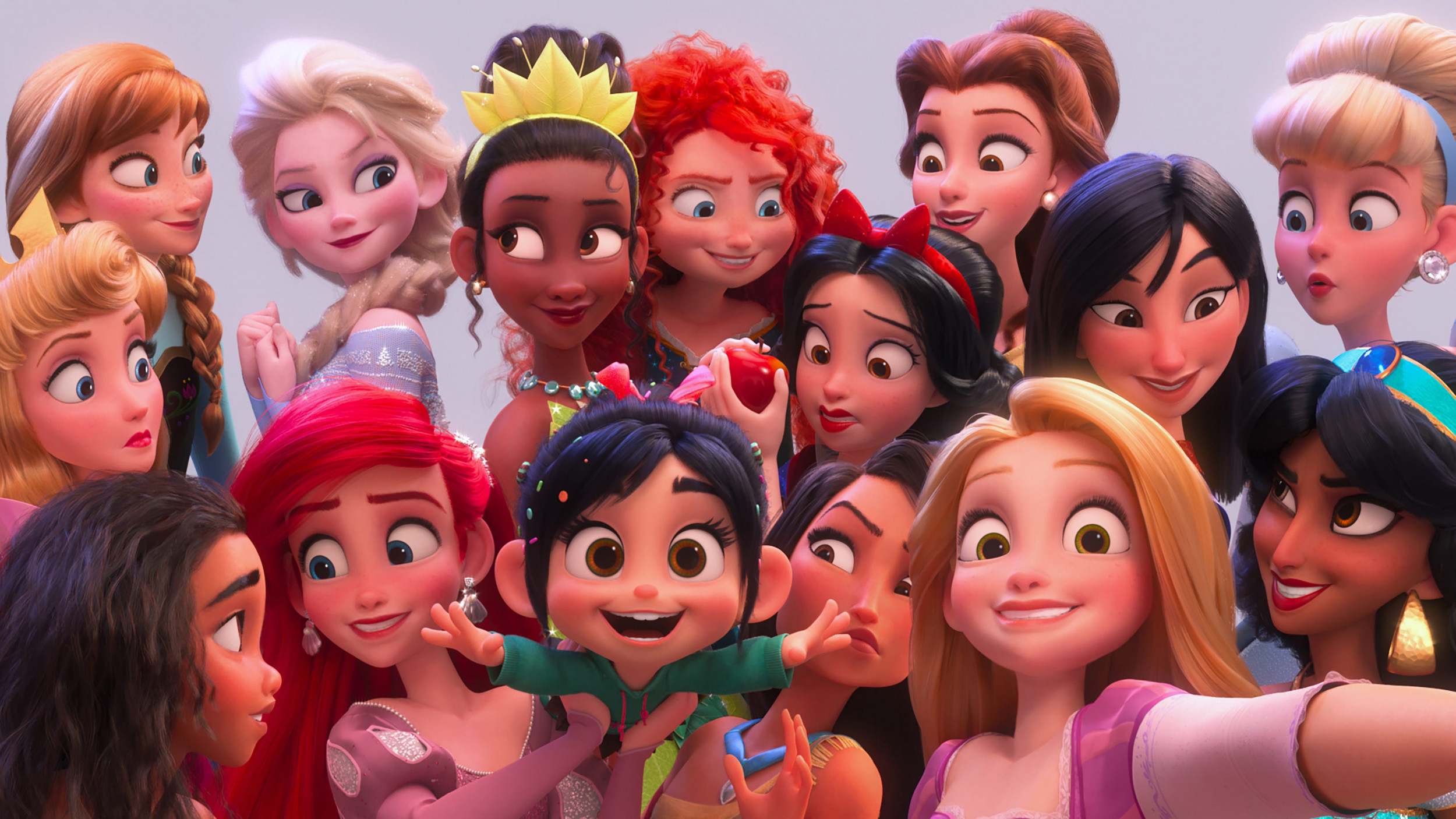Full Pane: Birth of Prince Henry of Wales (Aitutaki 1984)
Birth of Prince Henry of Wales (Aitutaki 1984)
10 December (Aitutaki ) within release Diana, Princess of Wales Commemoration goes into circulation Full Pane Birth of Prince Henry of Wales face value 15*48 Cook Islands cent
| Full Pane Birth of Prince Henry of Wales in catalogues | |
|---|---|
| Colnect codes: | Col: CK-AI 1984.12.10-01a |
Full Pane is square format.
|
Data entry completed
46%
|
|
|---|---|
| Full Pane Birth of Prince Henry of Wales in digits | |
| Country: | Aitutaki |
| Date: | 1984-12-10 |
| Emission: | Commemorative |
| Format: | Full Pane |
| Face Value: | 15*48 Cook Islands cent |
Full Pane Birth of Prince Henry of Wales it reflects the thematic directions:
Biologically, a child (plural: children) is a human being between the stages of birth and puberty. The legal definition of child generally refers to a minor, otherwise known as a person younger than the age of majority. Child may also describe a relationship with a parent (such as sons and daughters of any age) or, metaphorically, an authority figure, or signify group membership in a clan, tribe, or religion; it can also signify being strongly affected by a specific time, place, or circumstance, as in "a child of nature" or "a child of the Sixties". There are many social issues that affect children, such as childhood education, bullying, child poverty, dysfunctional families, child labor, hunger, and child homelessness. Children can be raised by parents, by fosterers, guardians or partially raised in a day care center.
A prince is a male ruler (ranked below a king, grand prince, and grand duke) or a male member of a monarch's or former monarch's family. Prince is also a title of nobility (often highest), often hereditary, in some European states. The female equivalent is a princess. The English word derives, via the French word prince, from the Latin noun prīnceps, from primus (first) and caput (head), meaning "the first, foremost, the chief, most distinguished, noble ruler, prince"
Princess is a title used by a female member of a monarch's family or by a female ruler. The male equivalent is a prince (from Latin princeps, meaning principal citizen). Most often, the term has been used for the consort of a prince, or for the daughter of a monarch. A crown princess can be the heiress apparent to the throne or the spouse of the heir apparent.
A Royalty is the immediate family of a king or queen regnant, and sometimes his or her extended family. The term imperial family appropriately describes the family of an emperor or empress, and the term papal family describes the family of a pope, while the terms baronial family, comital family, ducal family, grand ducal family, or princely family are more appropriate to describe the relatives of a reigning baron, count, duke, grand duke, or prince. However, in common parlance members of any family which reigns by hereditary right are often referred to as royalty or "royals." It is also customary in some circles to refer to the extended relations of a deposed monarch and his or her descendants as a royal family. A dynasty is sometimes referred to as "the House of ...". As of July 2013, there are 26 active sovereign monarchies in the world who rule or reign over 43 countries in all




